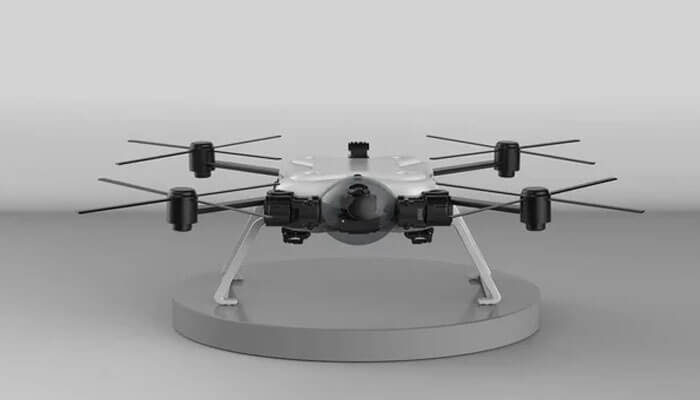It feels like “quadcopter pilot” has marginally transformed into an occupation for individuals, and right now AI is gunning to take it away. Without a doubt, it’s not prepared to yet, if a present examination from NASA’s Jet Propulsion Laboratory is anything to cruise by. The agency has been attempting autonomous drones for quite a while, and seven days prior, it released the eventual outcomes of a race-setting PC against a specialist human pilot. Luckily, humans won —yet, just after some preparation.
In a press release, NASA said the race topped two years of research into autonomous drones. The work was financed by Google, and the test makers — named Batman, Joker, and Nightwing — used the tech giant’s Tango technology to plot surroundings in 3D. The drones were of proper racing spec, which implies they could fly at speeds of up to 80 mph. (Disregarding the way that on the cramped indoor course that NASA used, they could simply go as snappy as 40 mph.)
NASA’s computers went up against human pilot Ken Loo, who flies under the moniker FlyingBear and participates in the international Drone Racing League. As showed by NASA’s report, the AI was at first prepared to beat Loo, yet just until the point that he learned the twists and turns of the course. “This is obviously the densest track I’ve ever flown,” said Loo. “One of my issues as a pilot is that I get tired easily. When I get mentally fatigued, I start to get lost, paying little respect to whether I’ve flown the course 10 times.”
The AI never got depleted; clearly, be that as it may, it did not have the impulse of its human rival, who could fly faster and with a greater open door. “We pitted our algorithms against a human, who flies essentially more by feel,” NASA task manager Rob Reid of JPL said in a press statement. “You can truly see that the AI flies the drone effectively around the course; however, human pilots tend to accelerate aggressively, so their way is jerkier.”
In any case, does this race (which we spotted through Jack Clark’s AI notice) mean drone pilots will all be AI in the future? Everything thought of depends on what it’s used for. Autonomous drones are now being used for errands that require steady and cautious flying, like surveillance and deliveries. Moving AI to race as vivaciously as individuals could take some time, especially as the PCs need to speak to issues like motion blur, which controls their ability to track their surroundings.
At last, in any case, it gives off the impression of being certain that AI will have the ability to outpace even the slickest human pilots. Not even the newest professions can be considered safe from automation.



